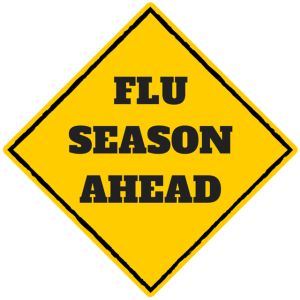The American Health Care Association and National Center for Assisted Living (AHCA/NCAL) released a new report today highlighting data that shows the quality of care in skilled nursing facilities (SNFs) has been on an upward trend in the 10 years prior to the COVID-19 pandemic. Information collected by the federal government proves that industry-wide efforts to raise the standard of care have benefited long term care residents across the country.
Key findings from the report include:
- Nursing homes welcomed approximately 3.5 million admissions from hospitals each year for the past decade, and nearly two-thirds of those patients were able to return home after receiving rehabilitation therapy from SNFs.
- Since 2011, 8.7 percent fewer residents were sent to the hospital during their nursing home stays.
- On average, nurses were putting in an additional 198 total hours of care per nursing home each quarter.
One out of three nursing homes received four or five stars from the Centers for Medicare and Medicaid Services (CMS) for staffing.
Fewer than one in seven nursing home residents are receiving antipsychotic medication – a 40 percent decline since 2011.
Nursing homes improved on 19 out of the 22 quality outcomes measured by CMS.
Read more at https://www.providermagazine.com/Breaking-News/Pages/AHCA-NCAL-Highlights-Nursing-Home-Quality-Improvements.aspx
The full Nursing Home Quality Improvement report is available HERE.









